Kingdom Plantae Family Brassicaceae Scientific name Brassica oleracea Rank Species | Order Brassicales Genus Brassica Higher classification Brassica | |
 | ||
Lower classifications Broccoli, Cauliflower, Cabbage, Kale, Kohlrabi | ||
Brassica oleracea acephala ornamental kale at plantmark wholesale nurseries
Brassica oleracea is a plant species that includes many common foods as cultivars, including cabbage, broccoli, cauliflower, kale, Brussels sprouts, collard greens, savoy, kohlrabi, and gai lan.
Contents
- Brassica oleracea acephala ornamental kale at plantmark wholesale nurseries
- Domesticated mustard brassica oleracea broccoli cabbage brussels sprouts
- Cultivation and uses
- Origins
- History
- Impact of preference
- References
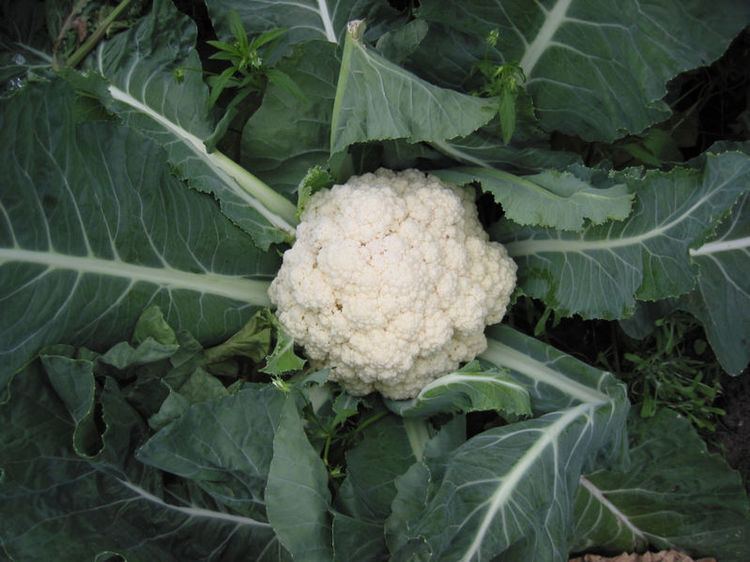
In its uncultivated form, it is called wild cabbage, and is native to coastal southern and western Europe. Its high tolerance for salt and lime, and its intolerance of competition from other plants typically restrict its natural occurrence to limestone sea cliffs, like the chalk cliffs on both sides of the English Channel, and the windswept coast on the western side of the Isle of Wight.
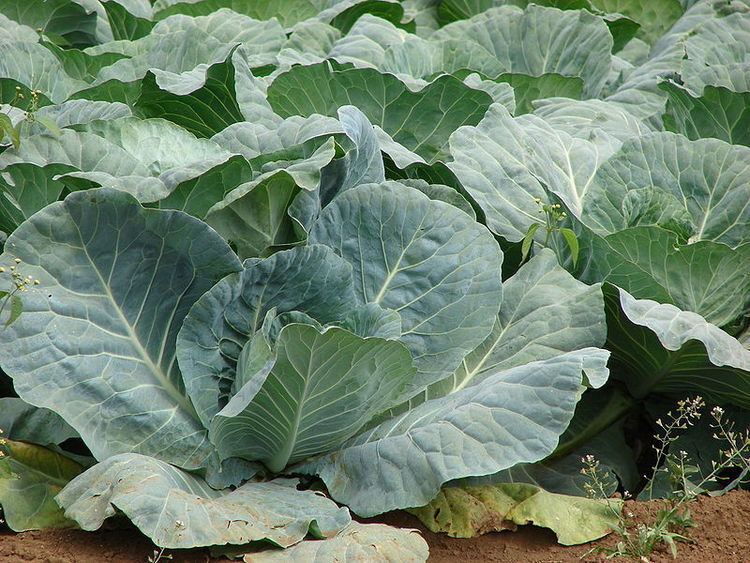
Wild B. oleracea is a tall biennial plant that forms a stout rosette of large leaves in the first year. The leaves are fleshier and thicker than other Brassica species—an adaptation that helps it store water and nutrients in its difficult growing environment. In its second year, it uses the stored nutrients to produce a flower spike 1 to 2 metres (3–7 ft) tall with numerous yellow flowers.
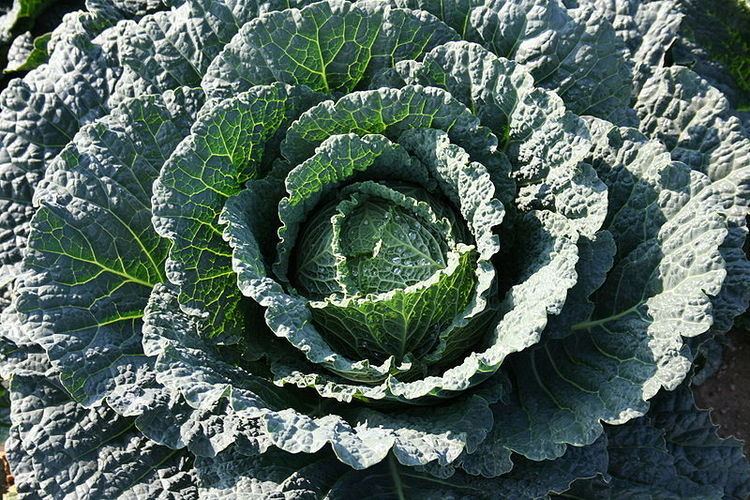
Domesticated mustard brassica oleracea broccoli cabbage brussels sprouts
Cultivation and uses
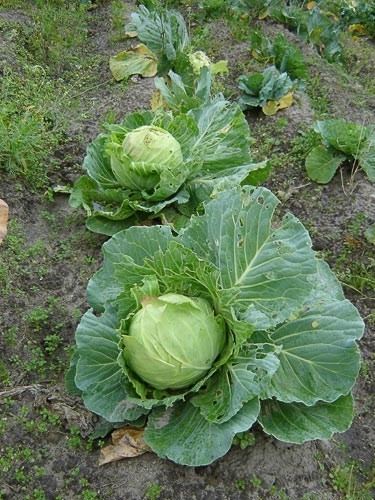
B. oleracea has become established as an important human food crop plant, used because of its large food reserves, which are stored over the winter in its leaves. It is rich in essential nutrients including vitamin C. A diet rich in cruciferous vegetables (e.g., cabbage, broccoli, cauliflower) is linked to a reduced risk of several human cancers.
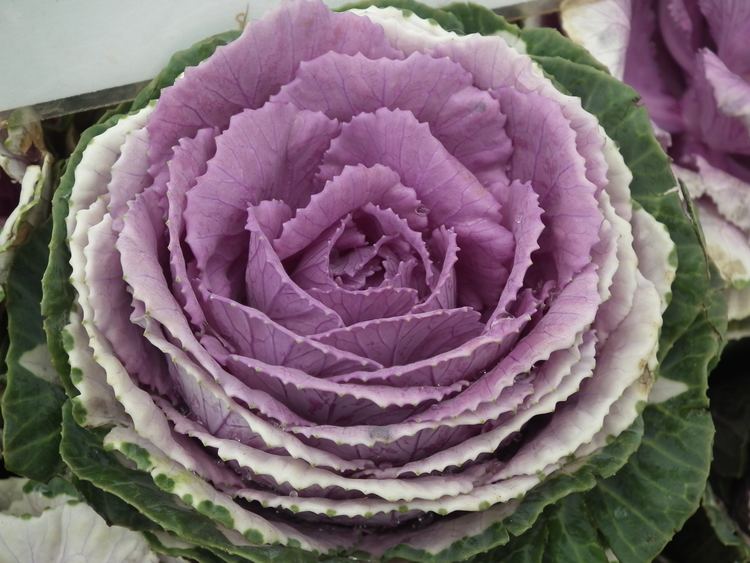
Researchers believe it has been cultivated for several thousand years—but its history as a domesticated plant is not clear before Greek and Roman times, when it was a well-established garden vegetable. Theophrastus mentions three kinds of rhaphanos (ῤάφανος): a curly-leaved, a smooth-leaved, and a wild-type. He reports the antipathy of the cabbage and the grape vine, for the ancients believed cabbages grown near grapes would impart their flavour to the wine. It has been bred into a wide range of cultivars, including cabbage, broccoli, cauliflower, brussels sprouts, collards, and kale, some of which are hardly recognisable as being members of the same genus, let alone species. The historical genus of Crucifera, meaning "cross-bearing," may be the only unifying feature beyond taste.
Origins
According to the Triangle of U theory, B. oleracea is very closely related to five other species of the genus Brassica.
The cultivars of B. oleracea are grouped by developmental form into seven major cultivar groups, of which the Acephala ("non-heading") group remains most like the natural Wild Cabbage in appearance:
In places such as the Channel Islands and Canary Islands where the frost is minimal and plants are thus freed from seasonality, some cultivars, known as Jersey cabbages, can grow up to three meters tall. These "tree cabbages" yield fresh leaves throughout the year, are perennial, and do not need to be destroyed at harvest as with a normal cabbage. Their woody stalks are sometimes dried and made into walking sticks.
History
With the advent of agriculture and the domestication of wild crop plants, the peoples of the northern Mediterranean began cultivating wild cabbage. Through artificial selection for various phenotype traits the emergence of variations of the plant with drastic differences in looks took only a few thousand years. Preference for leaves, terminal bud, lateral bud, stem and inflorescence evolved the wild cabbage into the many forms we know today.
